Joaquim Gifreu i Riera
About the Artist/Site
Joaquim Gifreu worked for 35 years as an administrator in a business office in the city of Figueres that facilitated legal and business dealings, priding himself on his precise work and attention to detail. Although he had never had any proclivity toward the arts, since Figueres was also the home town of art marketing genius Salvador Dalí, whose museum is the second-most visited museum in all of Spain, there is a fairly broad community acceptance of art and artists. After retiring, Gifreu and his beloved wife traveled around the world, visiting some of the world’s great monuments in Italy, Egypt, and even further afield. Following her death, he stopped traveling, but retained the images—and the purchased souvenirs—of their voyages.
In Catalunya, as in other parts of the world, there is a tradition of the creation of miniature scenes, particularly at Christmastime, and most often depicting the crèche and biblical scenes of the day of the nativity. These are primarily constructed from purchased objects. But Gifreu is not a particularly religious person, and he was interested in trying his hand at creating some objects himself, so at the age of 77 he began to construct small representations of local bridges and monuments. He called this new pastime his hobby.
Despite a complete lack of architectural, art, or engineering training, Gifreu used his mathematical mind and training to create a means by which he would copy images he found in photographs or magazines, including some, like the pyramids of Egypt or the tower of Pisa, that he had seen himself on his international voyages some years earlier. Moving on from local and internationally-known monuments—with architectural styles as diverse as art nouveau, romantic, and modern—he created several works to honor Dalí during his 2004 centennial, as well as other more idiosyncratic works honoring other Spanish legends, including Don Quijote and his sidekick Sancho Panza, and regional animals and birds.
Scaling up centimeter by centimeter from his photos, he created miniature replicas true to scale. It should be noted, however, that these reproductions, while being in scale to their originals, were not scaled to each other. Dalí towers over the tower of Pisa, for example, and Gaudí’s Sagrada Familia is roughly three times larger than Gifreu’s pyramid of Luxor. He worked daily and quickly; the 10-foot-high model of Barcelona’s Christopher Columbus statue, for example, was built up, painted, and ornamented in less than a month. Details of interior staircases, windows, bell-towers and other architectural details were emphasized with interior lighting, illuminated at night to provide an almost magical scene.
By around age 88, hard of hearing and having run out of room in his front and side yards, Gifreu had stopped sculpting. Yet during some ten years of working, he had created almost seventy discrete sculptures in the exterior space of roughly 900 square feet. Since his death, some of the sculptures have been removed; others remain visible from the street.
~Jo Farb Hernández, 2013
Update: By summer 2016, all but two of Gifreu’s small buildings had been completely removed, and all other sculptures and references to the vibrant art environment that this had once been have been completely eliminated, presumably by the artist’s son, who continues to live in the house.
Contributors
Map & Site Information
Figueres, Catalonia, 17600
es
Latitude/Longitude: 42.2655066 / 2.9581046
Nearby Environments


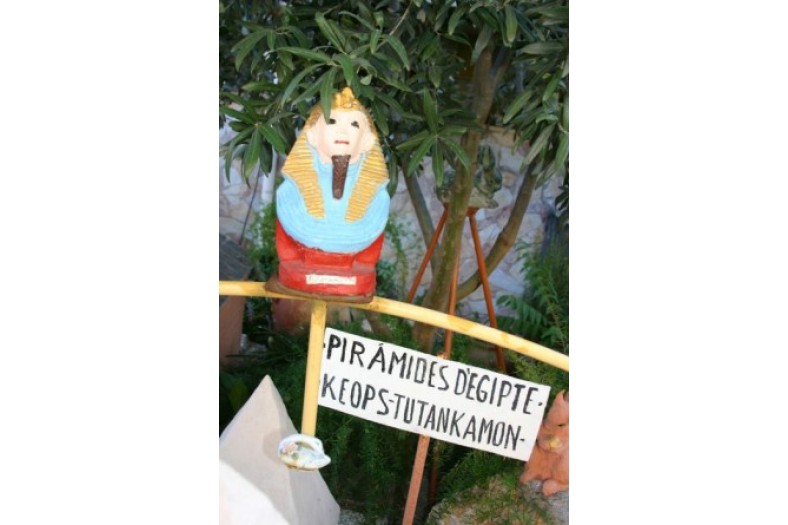
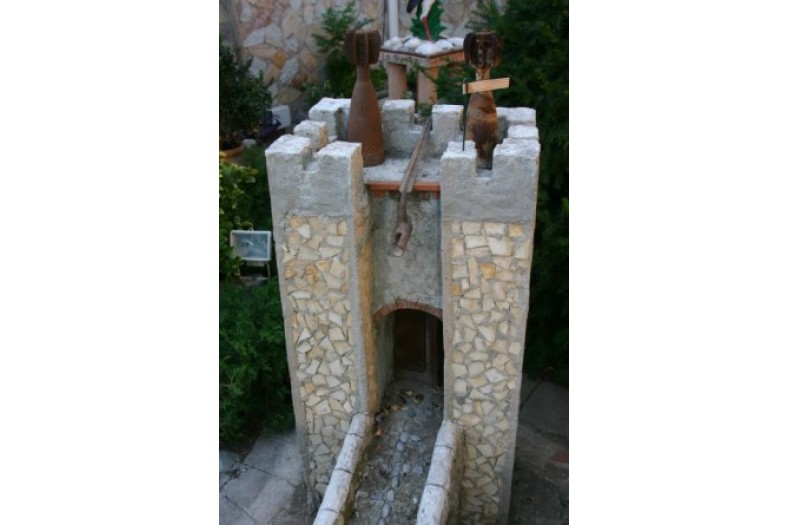
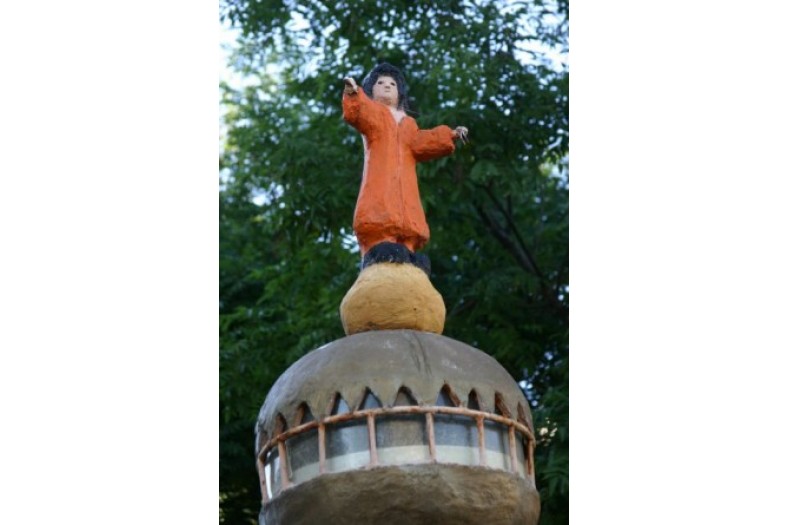
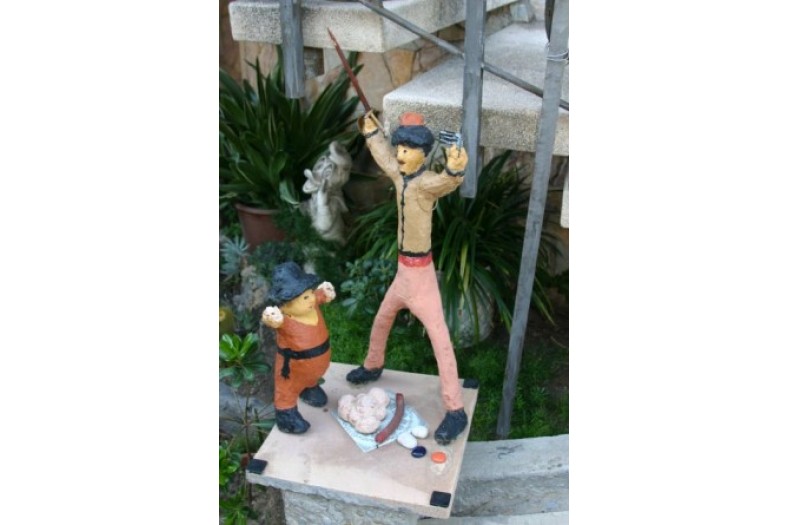
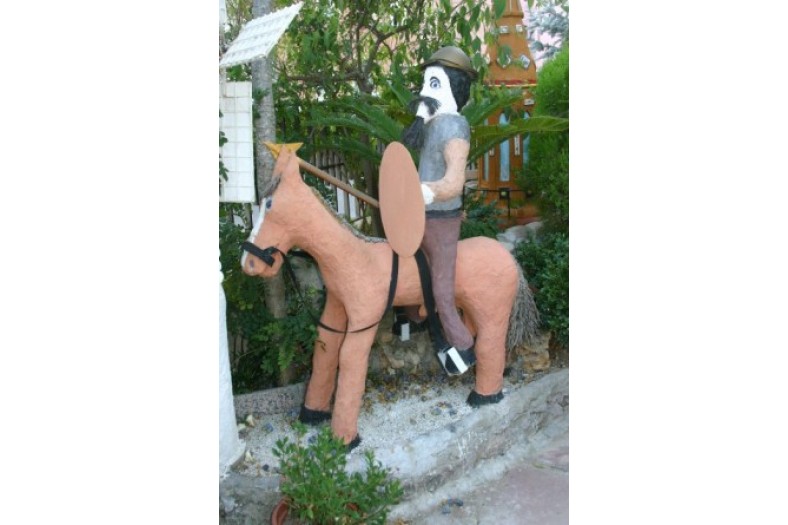
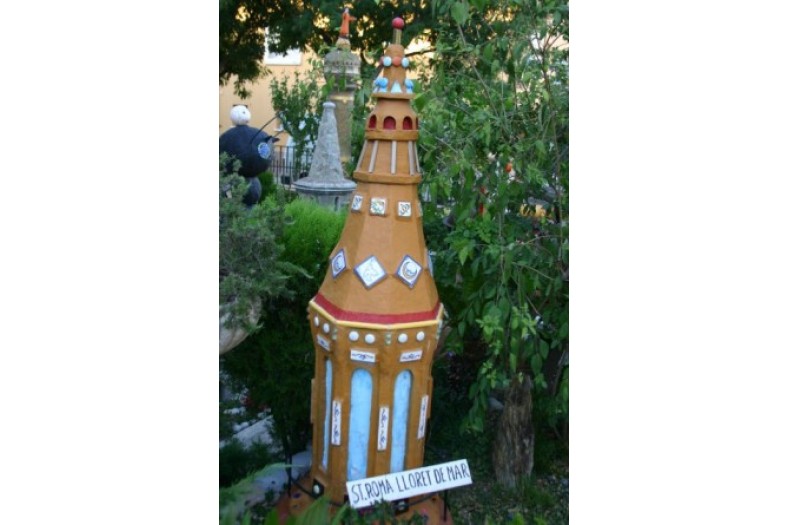
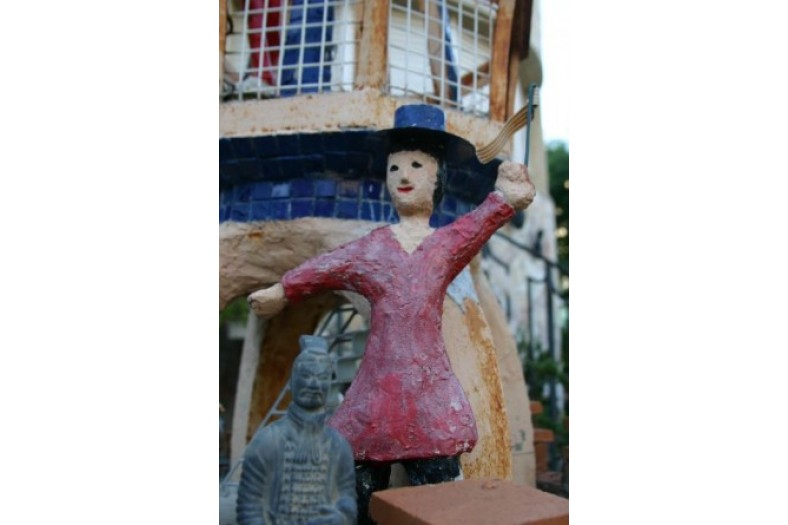
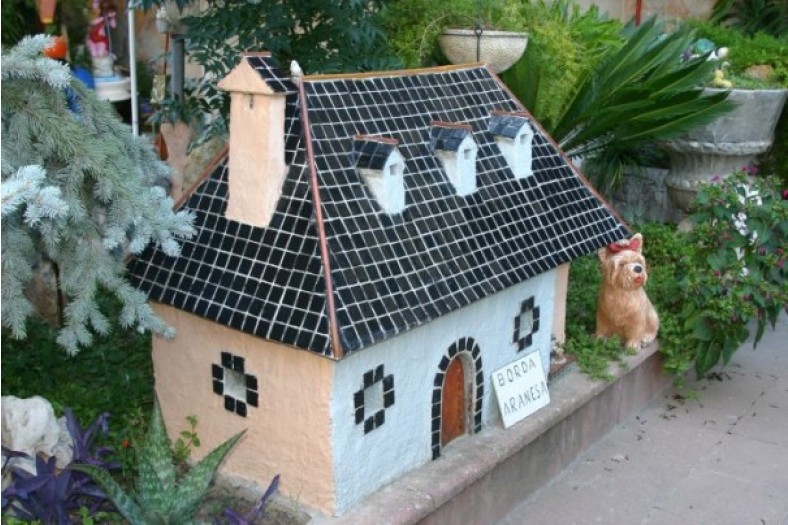
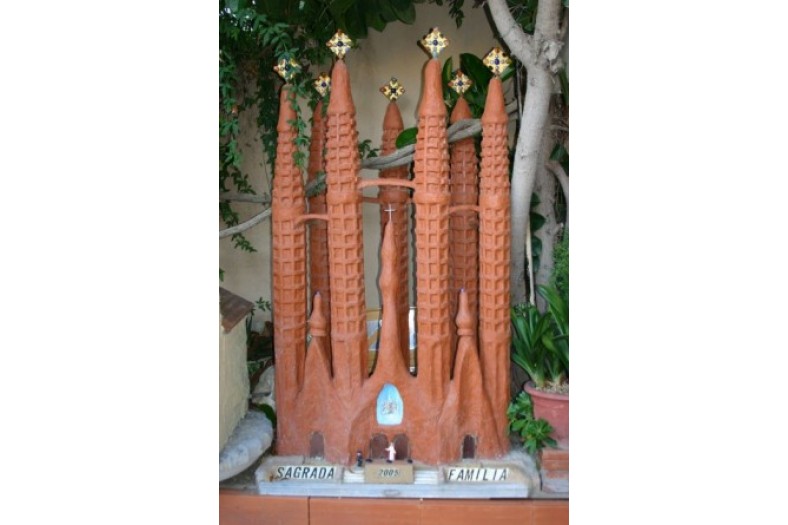
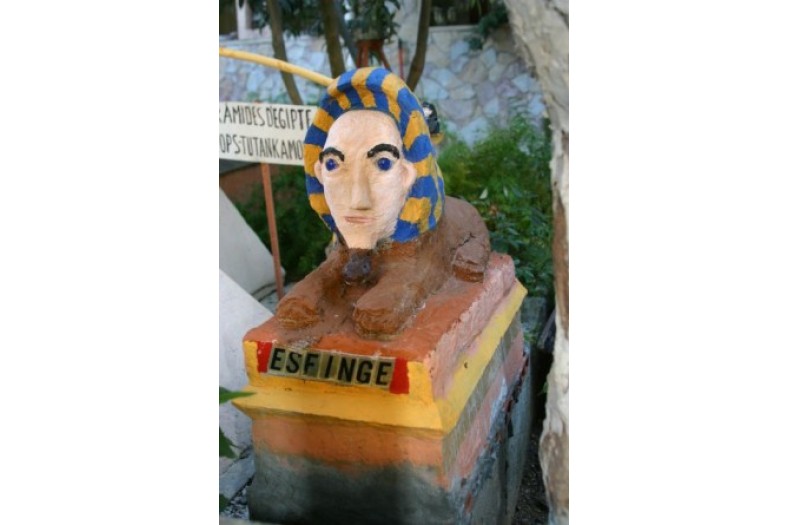
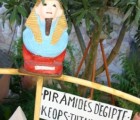
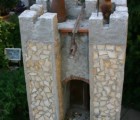

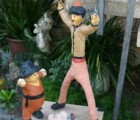
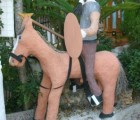
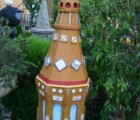
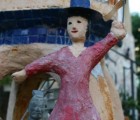
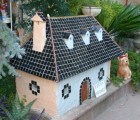

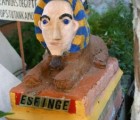
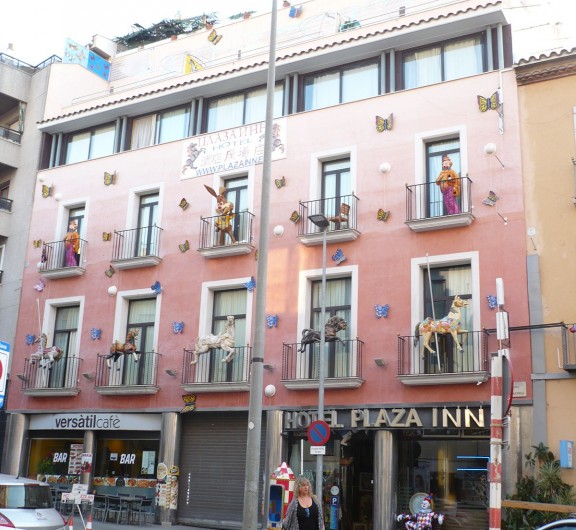
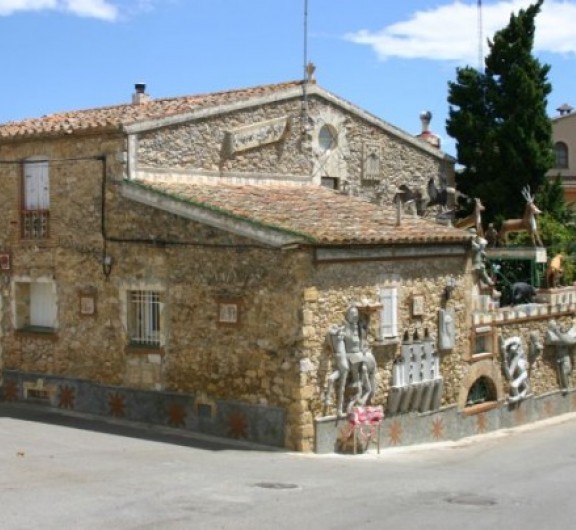
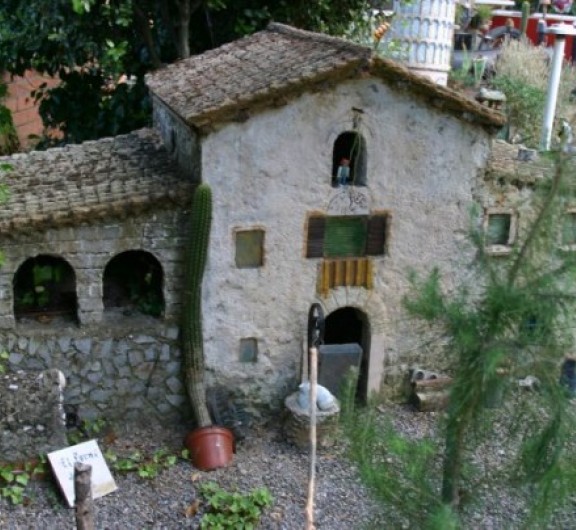
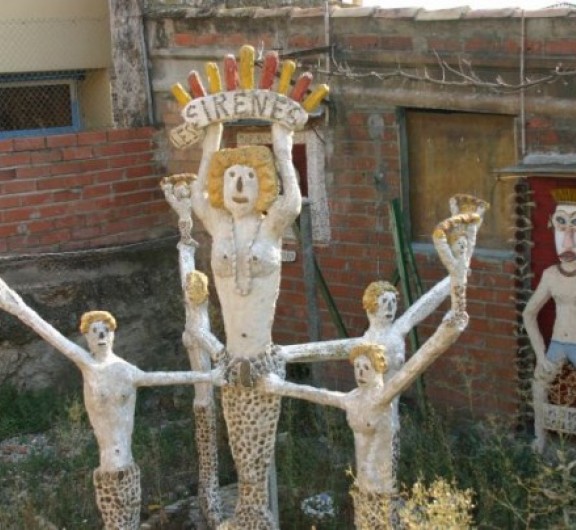
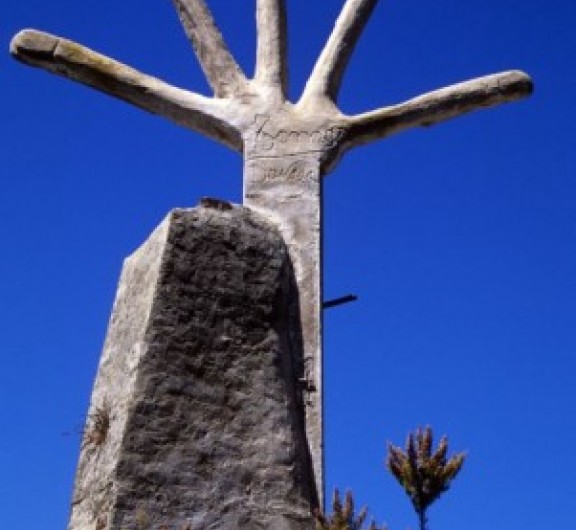
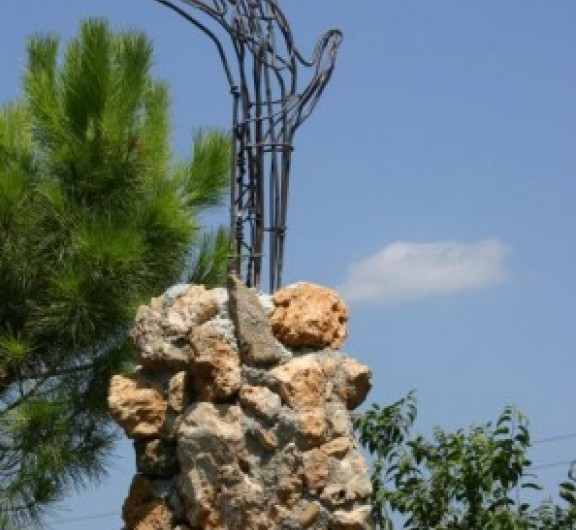

Post your comment
Comments
No one has commented on this page yet.